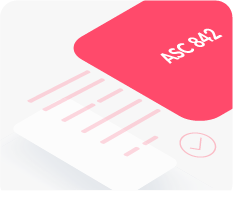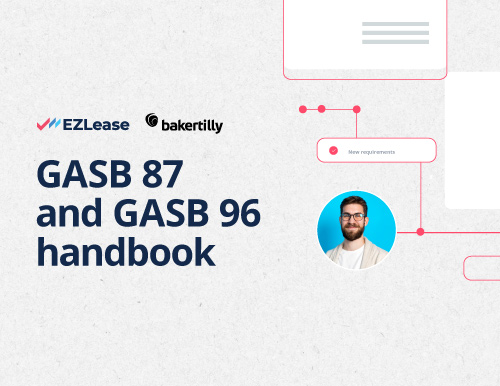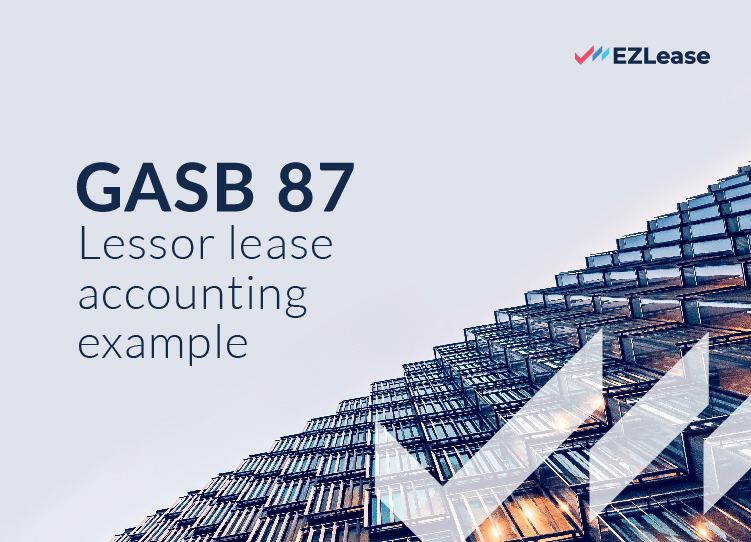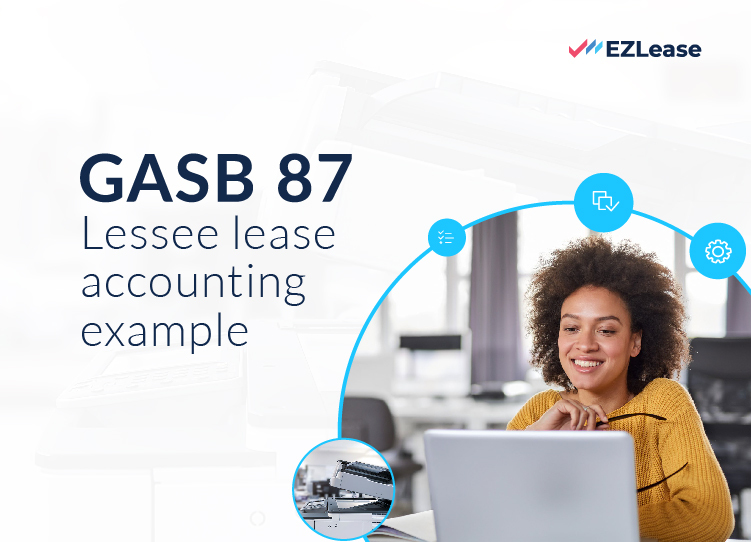GASB 87 Summary
Understanding the GASB 87 lease accounting standards
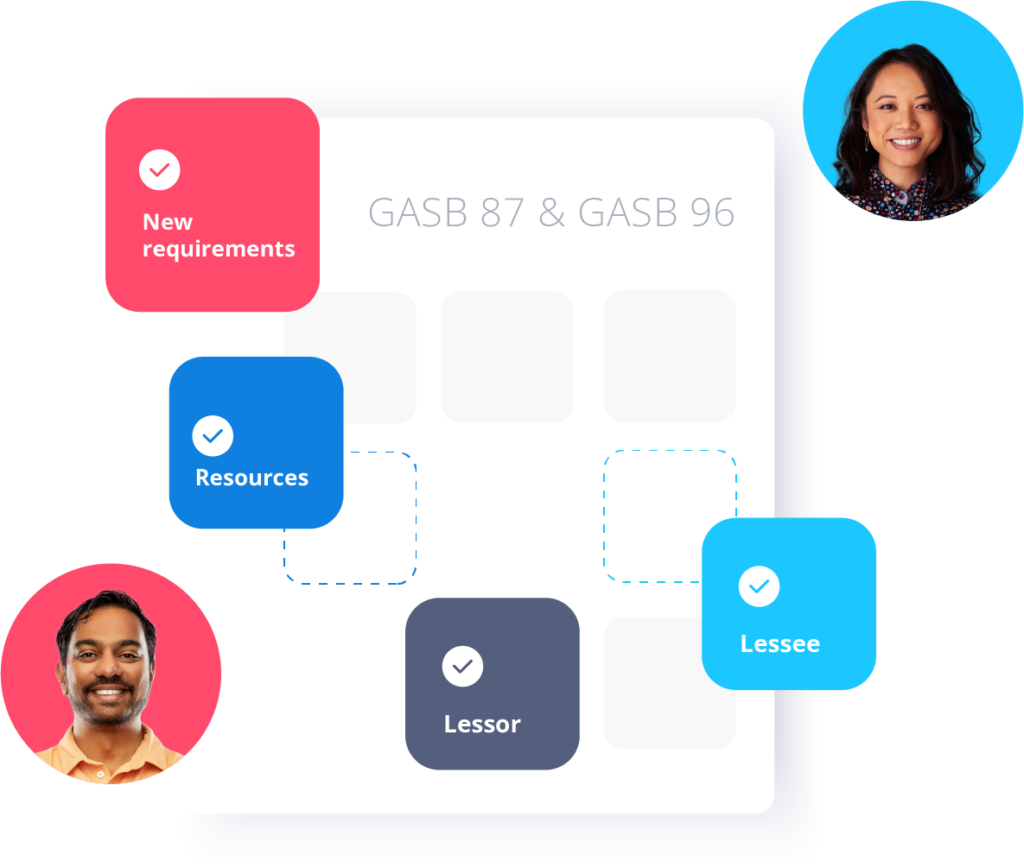
What is GASB 87?
In 2019, the latest Governmental Accounting Standards Board (GASB) lease accounting standard, GASB 87, began to go into effect for most U.S. state and local government agencies, including certain health care, and higher education institutions. Among other requirements, GASB 87 required that most leases be capitalized and recorded on the balance sheet, changed how they’re reported, and eliminated most operating (non-capitalized) leases.
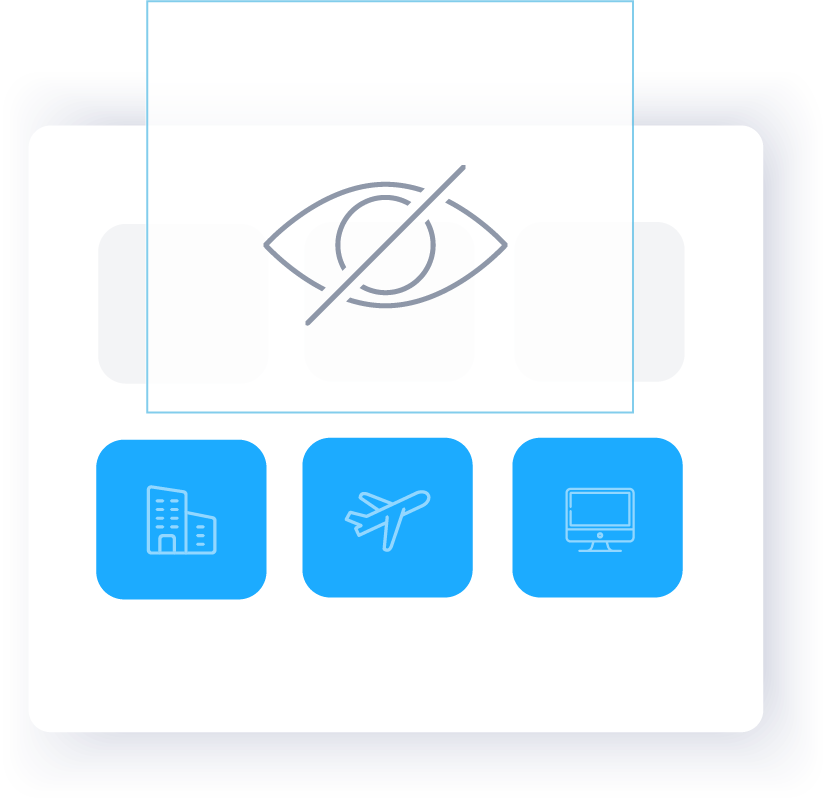
Why the GASB 87 standard was introduced
GASB 87 was created to better meet the information needs of GASB financial statement users by improving accounting and financial reporting for leases by governments. GASB 87 increases the usefulness of governments’ financial statements by requiring recognition of certain lease assets and liabilities for leases that previously were classified as operating leases and recognized as inflows of resources or outflows of resources based on the payment provisions of the contract. Under the standard, state and local government organizations are required to capitalize most leases on the balance sheet — reporting them as right-of-use assets and lease liabilities. The standard establishes a single model for lease accounting based on the foundational principle that leases are financings of the right to use an underlying asset. As a result of the shift, capitalized lease obligations face increased auditor scrutiny, pushing companies to focus on ensuring accuracy and completeness of what they report as well as leading to greater transparency and comparability of financial statements.

Handbook
Preparing for lease accounting
under GASB 87
Looking for help with GASB 87 requirements? Download our free GASB 87 guide to get a better understanding of what is needed to comply with this important regulation. This handbook will provide you with all the information you need to understand and execute GASB 87 correctly.
What is the GASB 87 deadline?
The GASB 87 effective date applies to fiscal years beginning after June 15, 2021, and all reporting years thereafter. The principle is applicable to every state and government entity.
The changes should be applied retroactively by restating financial statements, if practicable, for all prior fiscal years presented. If restatement is not practicable, the cumulative effect, if any, should be reported as a restatement of beginning net position for the earliest fiscal year restated. Assets and liabilities should be recognized and measured using the facts and circumstances at the beginning of the fiscal year in which the standard is implemented.
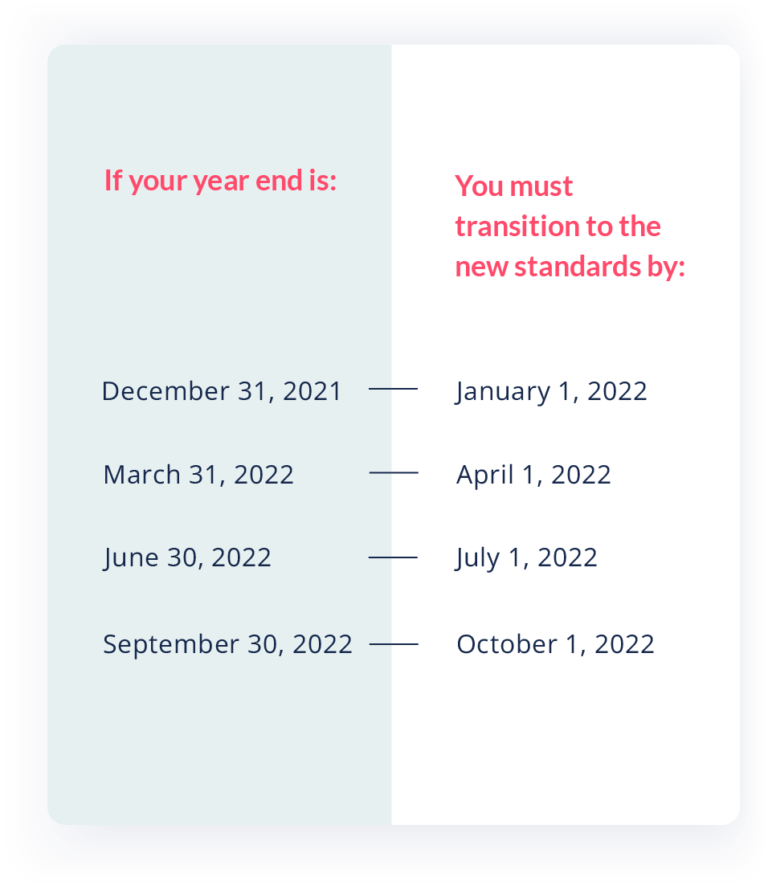

The major changes for lessees
The most notable change is the elimination of the operating lease classification. Under GASB 87, all leases, excluding those that transfer ownership of the underlying asset to the lessee and short-term leases are treated as finance leases. The lease assets and liabilities are recognized on the statement of financial position, which may result in a significant increase in the amount of assets and liabilities many companies report. Under GASB 87, all lease expenses are reported as a separate (usually straight-lined) amortization expense of the asset and a declining interest expense based on the liability being reduced with periodic payments.

The major changes for lessors
To comply with GASB 87, lessors need to record discounted rents receivable along with the related deferred revenue. In other words, a lessor now must record the expected rents receivable over the life of the lease. These amounts are discounted using the appropriate interest factor. A lessor must accrete into income and reduce the deferred revenue balance sheet amount each period. While simple, straight-line payment structures make these calculations easier, many lease terms have variable or rent payments that increase over time, making it more complex to calculate future rents.
Many GASB lessors are also GASB lessees for the same property. Take for example a municipality that leases a building from an unrelated third-party (lessee accounting) and then subleases a portion of that building to another party (lessor accounting). These common scenarios need to be reflected properly in the accounting, given that the length of term used might be different for the lessee component versus the lessor component, discount rates might be different, and the disclosure requirements are much more robust than ever before.
GASB 87 lease accounting standard summary
- All leases are recognized at the present value (PV) on the statement of financial position.
- A lessee is required to recognize a lease liability and an intangible right-to-use lease asset, and a lessor is required to recognize a lease receivable and a deferred inflow of resources
- The lease liability should be measured at the present value of payments expected to be made during the lease term (less any lease incentives).
- The leased asset should be measured at the amount of the initial measurement of the lease liability, plus any payments made to the lessor at or before the commencement of the lease term and certain direct costs.
- All leases have a P&L pattern that is frontloaded (where rent expense is replaced by a usually straight-lined amortization of the asset and declining interest expense).
- Variable payments based on future performance of the lessee or usage of the underlying asset should not be included in the measurement of the lease liability. Rather, those variable payments should be recognized as outflows of resources (for example, expense) in the period in which the obligation for those payments is incurred. However, any component of those variable payments that is fixed in substance should be included in the measurement of the lease liability.
- Short-term (less than or equal to 12 months at lease inception) leases are to be accounted for off-balance sheet.
GASB 87 lease accounting examples
We’ve built a set of lease accounting examples to help you get started. Use our free GASB 87 lease accounting examples below to understand how the standard works or see the GASB 87 journal entries in real-time in our free trial.
Need a fast path to GASB 87 compliance? Try EZLease.
GASB 87 handbook
Learn about how to adopt the standard and ways to make your implementation successful.
Blog: Getting started with GASB 87
If you’re part of a government, university, or healthcare network, it's time to get compliant. Find out how to get started.
GASB 87 OnDemand Webinar: Capture, collect, comply
Listen to this webinar to find out how to make it easier to collect your lease data.
GASB 87 Lessor Lease Accounting Example
Use this short tutorial to see how to account for a lessor lease.
GASB 87 Lessee Lease Accounting Example
Use this short tutorial to see how to account for an equipment lease.
GASB 87 Lease Accounting Buying Guide
Buying software can be easy if you know the steps to follow.
GASB 87 FAQ
GASB 87 must be implemented by all state and local governments for fiscal years beginning after June 15, 2021. However, GASB 87 allows for early implementation, so governments could have chosen to implement it earlier if desired.
Under GASB 87, a lease is defined as a contract that conveys control of the right to use property, plant, or equipment (PPE) for a period of time in exchange for consideration, such as lease payments. Control of the right to use means the ability to direct the use of and obtain the benefits from a leased asset. The lease term must be greater than 12 months (including any options to extend, regardless of their probability of being exercised), and the PPE must not be held for sale or consumption in the normal course of operations.

